To understand the tetrachord’s significance, one must first grasp its structure. Each tetrachord spanned a perfect fourth, divided into three intervals whose sizes varied depending on the genus—diatonic, chromatic, or enharmonic. The diatonic genus, most familiar to modern ears, consisted of two whole tones and a semitone (e.g., E-D-C-B). The chromatic genus compressed the upper intervals, creating a sequence like E-D♭-C-B, while the enharmonic genus, the most exotic, employed microtones: E-E♭ (approximately a quarter-tone)-C-B. These divisions weren’t arbitrary; they reflected the Greeks’ obsession with mathematical precision and their belief in music’s cosmic harmony.
The tetrachord’s flexibility allowed it to function as a modular unit. Two tetrachords could be joined in two primary ways: synaphé (shared note) or diazeuxis (separated by a tone). The former created a continuous scale, while the latter produced disjunct tetrachords, forming the basis of the Greater Perfect System—a two-octave scale that became the backbone of Greek music theory. This system wasn’t static; theorists like Aristoxenus and Ptolemy debated its nuances, arguing over tuning, interval sizes, and the very nature of musical perception. Their writings reveal a culture deeply engaged in reconciling sensory experience with mathematical ideals.
Beyond theory, the tetrachord permeated Greek musical practice. Lyre players and aulos performers used it to structure melodies, while poets like Pindar relied on its intervals to shape the rhythm and mood of their odes. The tetrachord’s emotional connotations were also codified: the Dorian tetrachord (E-D-C-B) was considered noble and stable, while the Phrygian (D-C-B♭-A) evoked ecstasy and passion. These associations weren’t merely artistic; they tied into broader Greek philosophies about music’s power to influence ethics and even political order.
The tetrachord’s legacy endured long after antiquity. Medieval theorists like Boethius adapted Greek ideas, translating tetrachords into the church modes. Renaissance composers experimented with chromatic and enharmonic genera, foreshadowing later tonal innovations. Even today, traces of the tetrachord linger in jazz improvisation, microtonal music, and neoclassical compositions. Its endurance speaks to a fundamental truth: the Greeks didn’t just invent a scale fragment—they crafted a lens through which we still perceive the relationship between sound, number, and human emotion.

By /May 30, 2025
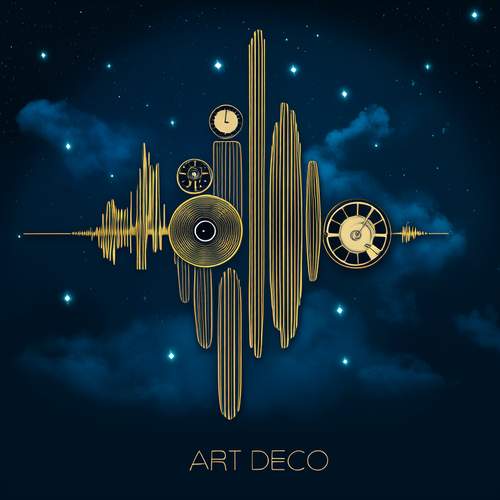
By /May 30, 2025

By /May 30, 2025
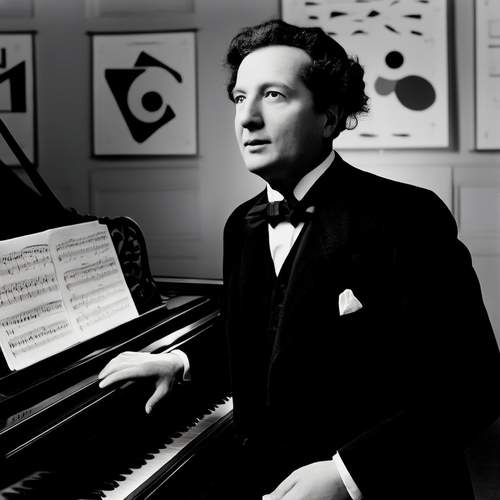
By /May 30, 2025

By /May 30, 2025

By /May 30, 2025

By /May 30, 2025
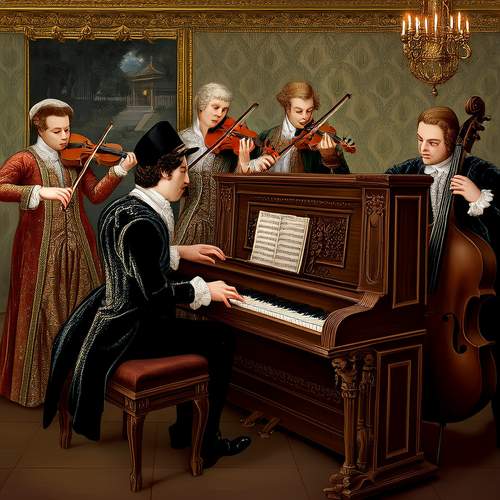
By /May 30, 2025
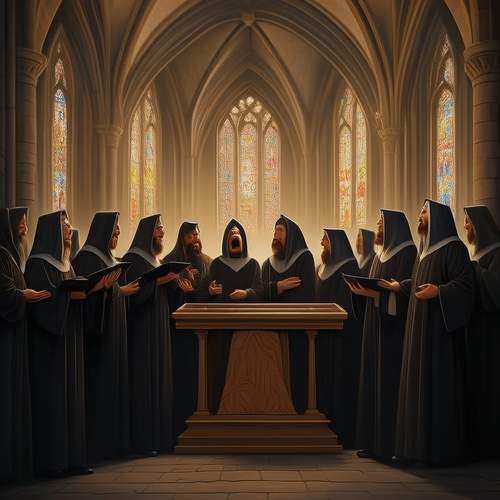
By /May 30, 2025
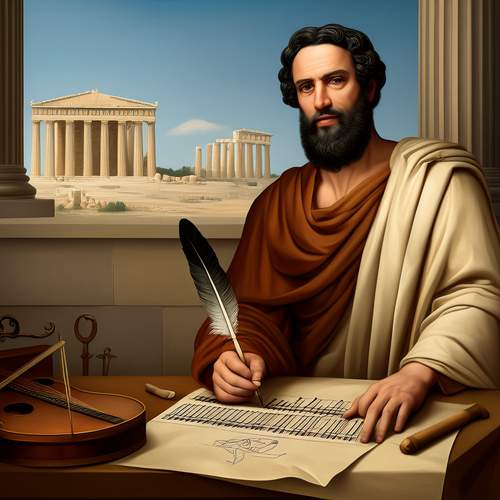
By /May 30, 2025

By /May 30, 2025
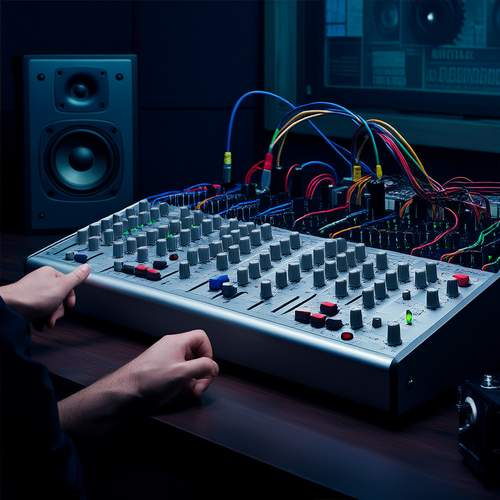
By /May 30, 2025

By /May 30, 2025

By /May 30, 2025

By /May 30, 2025

By /May 30, 2025

By /May 30, 2025

By /May 30, 2025

By /May 30, 2025

By /May 30, 2025